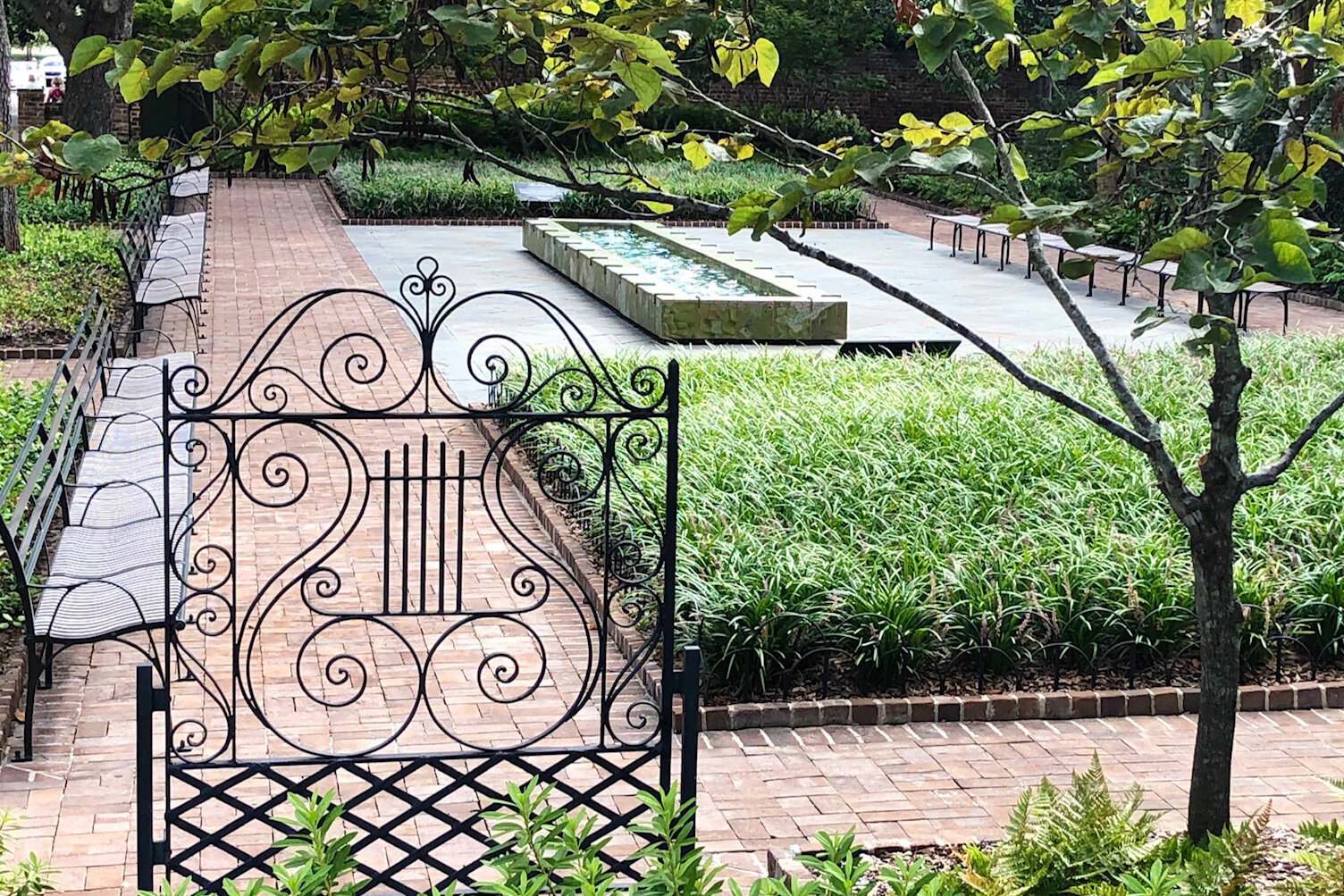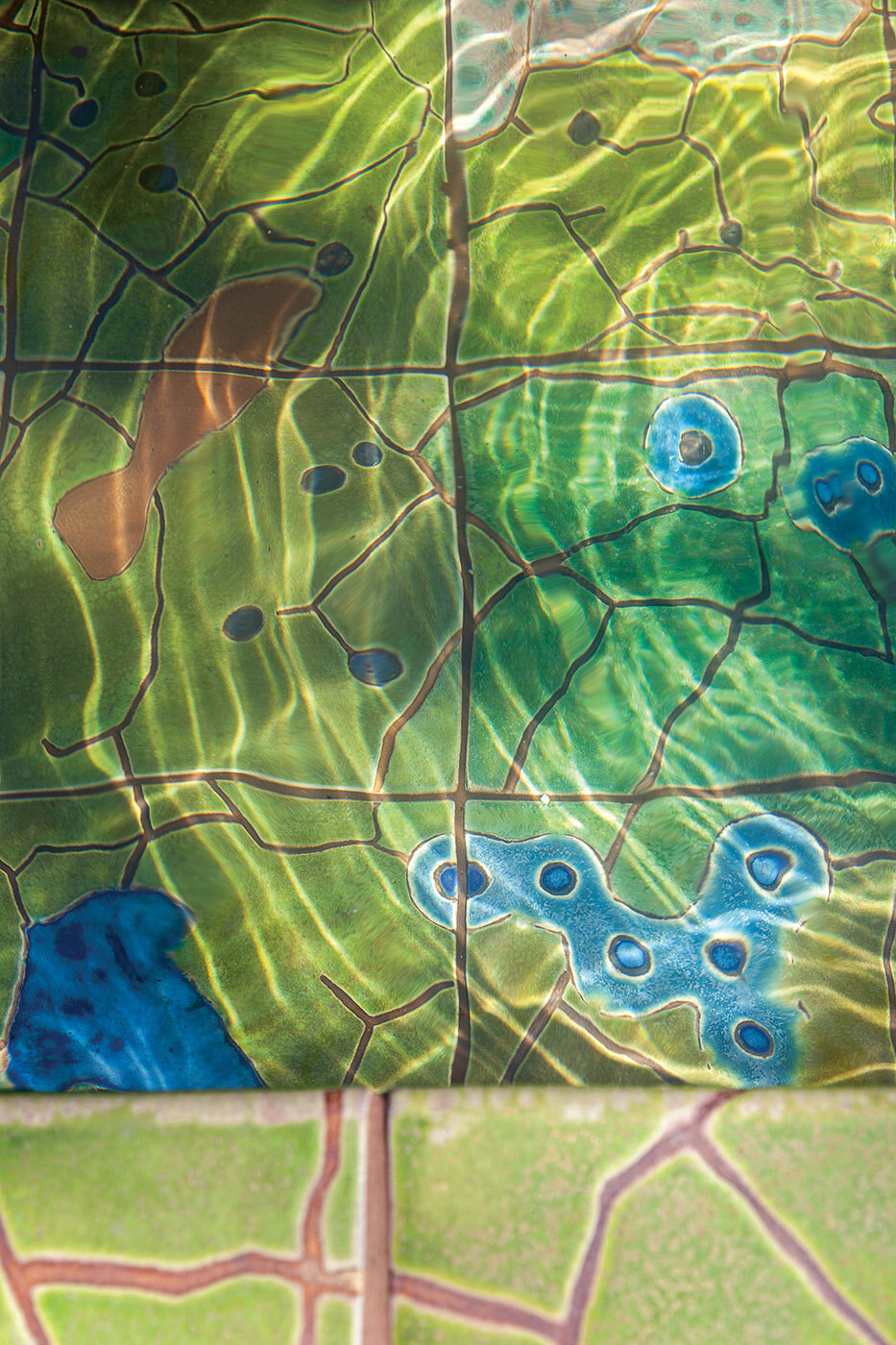Street Address
City, State, Zip
Phone Number
Your Custom Text Here

Your Custom Text Here





Click here to learn how your tax-deductible contribution can help maintain Theodora Park at the highest quality level.